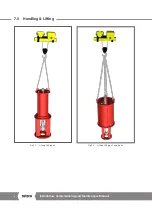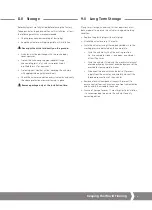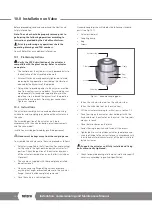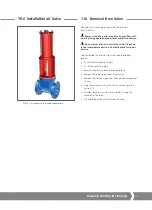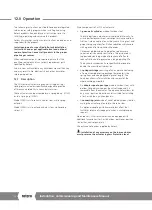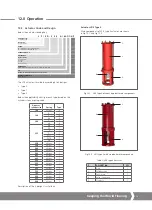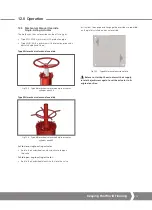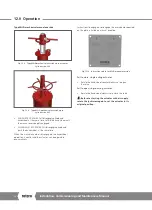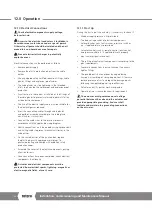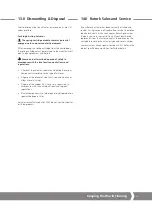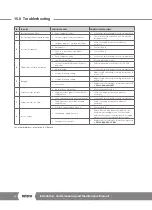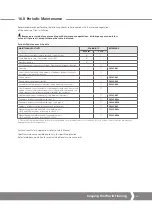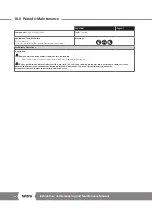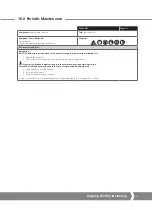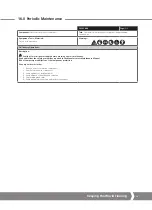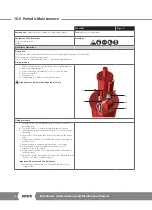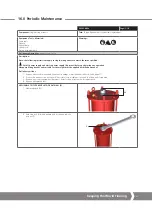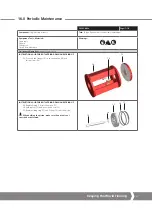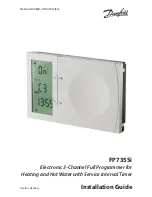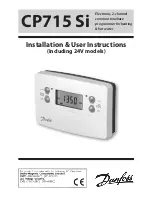
22
Installation, Commissioning and Maintenance Manual
12.0 Operation
12.10 Electrical Connections
Check electrical components supply voltage,
before start-up.
Access to live electrical conductors is forbidden in
hazardous areas unless done under a special permit.
Otherwise, all power should be isolated and the unit
moved to a non-hazardous area for repair.
Prevent electrostatic charges in potentially
explosive areas.
Electrical connection can be performed as follows:
• Remove power supply
• Remove the plastic protection plugs from the cable
entries
• Use only appropriately certified reduction fittings, cable
glands, fittings and explosion-proof cables
• The cable glands must be tightened in the threaded
inlets, to guarantee the waterproof and explosion proof
protection
• Pay attention to the correct installation of the O-rings of
the cable glands to prevent water and debris infiltration
inside electric components
• The size of the electric supply cable must be suitable for
the electrical power required
• Insert the connection cables through cable glands
and perform assembly according to the cable gland
manufacturer’s instructions
• Connect the cable wires to the terminal blocks in
accordance with the applicable wiring diagram
• Electric connections must be made by using rigid conduits
and trailing cables to prevent mechanical stresses in the
cable entries
• On the unused entries of the junction box, replace
the plastic plugs with approved metal plugs, to
guarantee sealing and comply with explosion safety
protection codes
• Assemble the covers of the electric components, paying
attention to seals
• Once connections have been completed, check electrical
components functionality
Actuator and electrical components must be
protected from electrical sparks, lightning, magnetic or
electro-magnetic fields, at user’s care.
12.11 Start Up
During the start-up of the actuator, it is necessary to check if:
• Medium supply pressure is as prescribed
• The feed voltage values of electrical components
(solenoid valves coils, limit switches, pressure switches
etc., if applicable) are as prescribed
• Actuator controls such as remote control, local control,
emergency control etc. (if applicable) work properly
• Input remote signals are correct
• The setting of control unit components is according to the
plant requirements
• Pneumatic connections show no leakage. If necessary,
tighten fittings
• The painted parts have not been damaged during
transport, assembling or storage operations. Otherwise
remove presence of rust and repair the damaged parts
following the applicable painting specifications
• Actuator and all its parties work as expected
• Operating time is in accordance with requirements
The end user must guarantee equal voltage
potential between the valve and the actuator and
provide appropriate grounding. End user shall
indicate and maintain the grounding connections
on the actuator.
A4
US
US
A4
US
A4
US
A4
Summary of Contents for LP/S Series
Page 89: ...Keeping the World Flowing 89...

